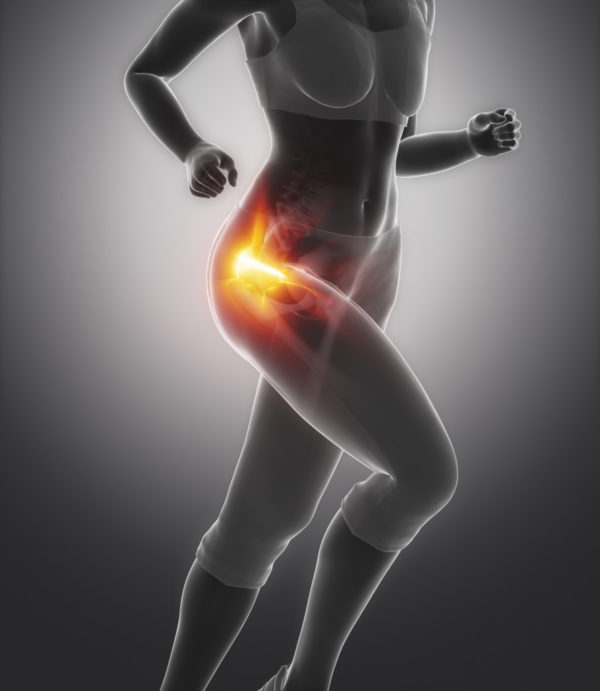
Hip dysplasia
A hip replacement is a fairly common procedure if you have arthritis in your hips. But what if it’s not that simple? The incorrect procedure can lead to long term issues and pain.
Taking the time to get the right diagnosis is a critical part of choosing the correct procedure for you.
Hip dysplasia is the most common cause of hip arthritis in young women but it is easy to miss – many radiologists and surgeons are not familiar with it and don’t see it. Symptoms can often be confused with a hernia.
What is Hip Dysplasia?
Hip Dysplasia or Developmental Dysplasia of the Hip (DDH) is when the hip socket is not in the correct position.
The hip joint is a ball and socket joint, where the femoral bone (thigh bone) sits into the hip socket. If these two pieces don’t line up properly it causes abnormal wear on the cartilage and other tissues in the joint.
This can cause to arthritic changes and pain much earlier than expected, even as young as 20 years old!
Hip Dysplasia is 7 times more common in women.
Diagnosis is important
Many of my patients never knew there was something wrong with their hip – the diagnosis was missed as an infant. 92% of adult hip dysplasia was missed in childhood.
Others have been treated for some type of congenital hip problem during the first years of their life.
X-rays are a critical part of determining if a hip is dysplastic, however they need to be taken in the correct position so seeing a specialist is critical.
Symptoms
When does the dysplastic hip become painful? It depends on the patient. Some patients have pain in childhood but commonly I see patients as young as 20 years old, but more commonly from the age of 40. My patients are often frustrated that they have arthritis so early and have been told they are “too young” for any help.
It often starts with pain in the groin when you wake up. Eventually patients have constant pain and maybe a limp. Pain can even continue when resting.
Early intervention
Surgery for a dysplastic hip must include reorienting the hip socket. This alleviates the pain and helps to prevent arthritic changes.
However I cannot stress enough that surgery is only an option once the hip becomes painful. Getting an accurate diagnosis is critical to choose the best route for you.
 Dr Jyri Lepisto
Dr Jyri Lepisto
Orthopaedic Consultant
Colegio No. 29/29/11425
MD, PhD, eMBA

Maureen Neilson
October 20, 2016, 12:10 pm
A friend has suggested collagen has helped with her hip pain. Can collagen help?